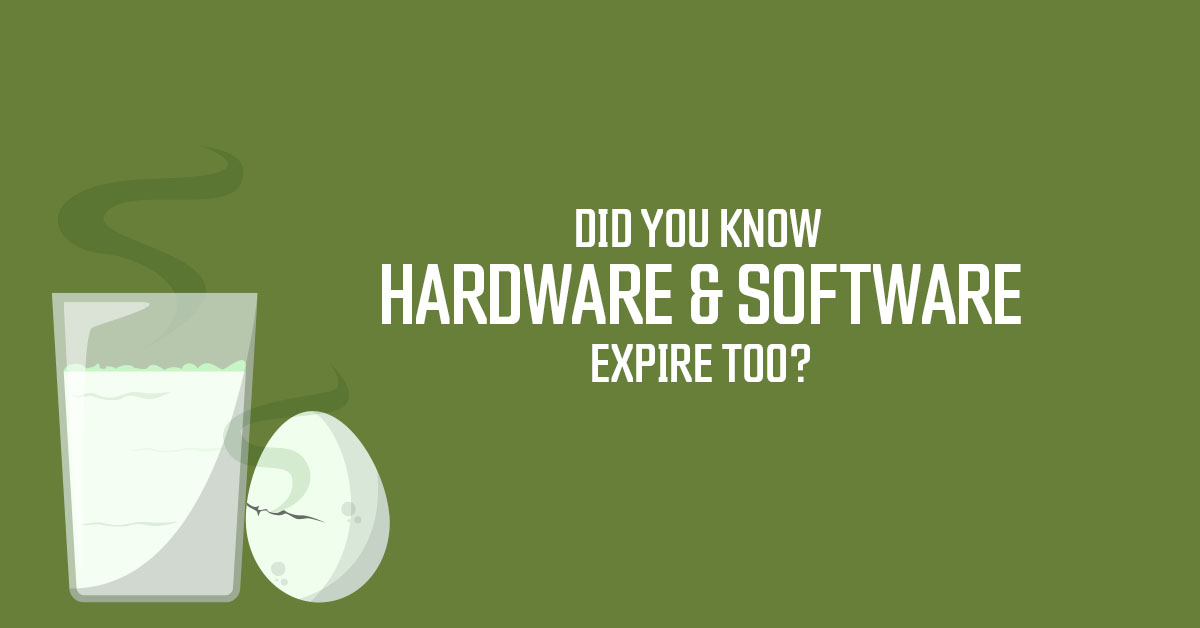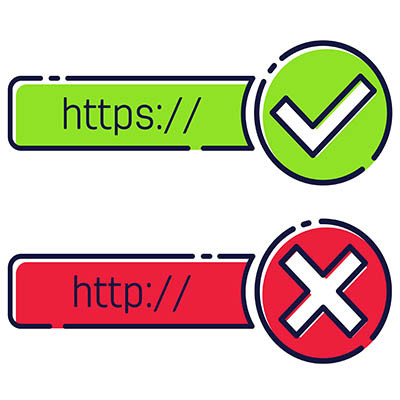
We throw the term “best practice” around a lot… enough that, without an appreciation for what the term actually means, it can start to sound like just another buzzword that the IT guy is using to sound more impressive. We assure you that this is not the case, and that the term “best practice” actually does mean something.
Let’s define what that something is, right now.
What Does “Best Practice” Really Mean?
For the definition, let’s turn to Gartner:
“Best practice is defined by Gartner as a group of tasks that optimizes the efficiency (cost and risk) or effectiveness (service level) of the business discipline or process to which it contributes. It must be implementable, replicable, transferable and adaptable across industries.”
Techopedia defines it as:
“... an industry-wide agreement that standardizes the most efficient and effective way to accomplish a a [sic] desired outcome. A best practice generally consists of a technique, method, or process.”
This is what we’re talking about when we use the term in reference to your information technology. We aren’t trying to inflate the solutions we’re recommending, we’re saying that as of yet, the method that we follow in our operations is currently the one that delivers the best result for you, our client.
Let’s say you wanted to bake a cake. Generally, the instructions will say to bake it at 350 degrees Fahrenheit for such-and-such time. This is because doing so will consistently deliver a properly baked cake, while cranking it up to 450 degrees in the hopes of cooking it faster is apt to get you a hunk of charcoal that no amount of frosting will save. In this situation, baking a cake at 350 can be seen as a best practice because it leads to the best outcome.
When it comes to your business’ technology, best practices (as Gartner said) are meant to make your processes either as efficient as possible or as beneficial as possible, generally striking the happy medium between the two.
Best Practices Deliver Significant Advantages When Applied to Your IT
There are multiple benefits to be had when your business’ technology is maintained with a focus on best practices. Just a few of these benefits include:
- Improved productivity, as effective technology can deliver the resources your team needs more rapidly, allowing them to accomplish more with their time.
- Improved customer satisfaction and retention, as you’ll be able to spend more time focusing on their needs and fulfilling them with less time spent worrying about your IT.
- Improved resource management, as time (and as a result, money) and other business resources are being saved and can be redistributed to other priorities and tasks.
Our Managed Services are Guided By Best Practice
Naturally, we do our best to stay in stride with the best practices that the information technology industry stands by at any given time, keeping an eye out for any new developments that may change the way things are done. After all, as new technologies are developed and introduced they bring with them new opportunities to innovate on how things are done.
Don’t believe me? Just consider that, at one point, keeping a tape backup was a best practice. Then cloud technology came to the fore, and tape is no longer the best practice it once was.
We can help you be sure that your business’ IT is maintained to the standards that these best practices (as well as any industry standards or mandates) require of it, along with a host of other tasks that would otherwise distract your business from its real goal. If you’re interested in learning more about how we could assist you, give us a call at (931) 526-3742 today.
Related Post

Protecting Your Company Credit Cards

Why Passwords are Your Business’s Weakest Point

Top Misconceptions About Digital Transformation





